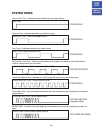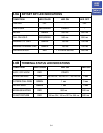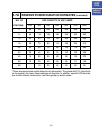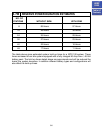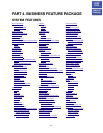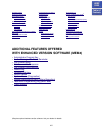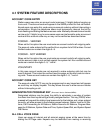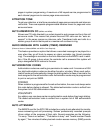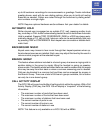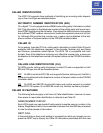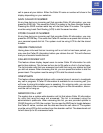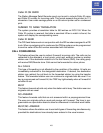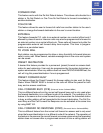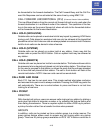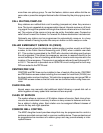pages in system programming. A maximum of 40 keysets can be programmed in
each internal page zone to receive page announcements.
ATTENTION TONE
To get your attention, a brief tone precedes all page announcements and intercom
voice calls. There are separate programmable duration timers for page and voice
announce tones.
AUTO ANSWER ON CO (MEM3 and MEM4)
Allows new CO calls directed to a certain keyset to auto answer and be in the call
announce mode. This means that private lines and DID calls cam be “auto an-
swered” in the same manner as intercom calls. Transferred calls and calls to a
station group of which that keyset is a member will continue to ring.
AUDIO MESSAGE WITH ALARM (TIMER) REMINDER
(Enhanced Version Software/MEM4 and MISC2 Card Required)
This feature provides an option that allows a recorded message to be played to a
user when they go off hook to answer an alarm reminder ring (timed reminder
ring). The message is recorded on the Auto Attendant via the MISC2 card. In addi-
tion, if the AA group is busy when the reminder call is answered the system will
play a designated MOH source to the user.
AUTHORIZATION CODES
Authorization codes are used to give permission to make a call. A maximum of 250
four digit authorization codes can be either forced or voluntary. When used, autho-
rization codes will automatically change the dialing station’s class of service to the
level assigned to the authorization code. Authorization codes may be programmed
to print or not print on SMDR.
FORCED
When a station is programmed for forced authorization, the user must always enter
this code before dialing is allowed. The dialed authorization code is verified from
the system list of 250 authorization codes.
VOLUNTARY
Any station user can always enter an authorization code before they begin dialing.
The dialed authorization code is verified from a system list of 250 authorization
codes.
AUTO ATTENDANT
The SMISC2 card for the iDCS 100 includes four ports of auto attendant for simulta-
neous answering and call processing. Sixteen professionally recorded prompts
inform callers of the progress of their calls. Several examples are the following:
“I’m sorry. There is no answer”, “That station is busy” and “Invalid number. Please
try again”, Two minutes of battery-backed random access memory (RAM) provide
4.4
HOME
PAGE
Table of
Contents




